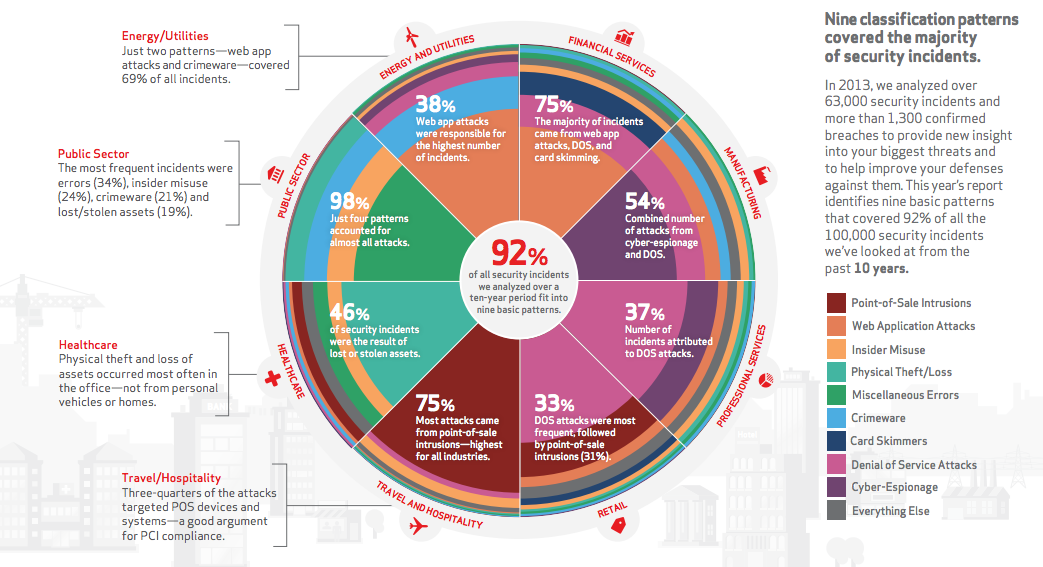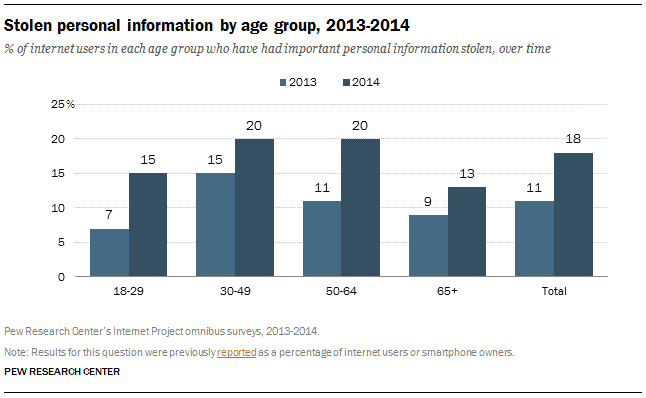We can add another breached company to the ever-growing list: the Municipal Bond Insurance Association (MBIA). While not necessarily unique from other breaches we’ve seen lately, the MBIA incident brought another aspect of breach fallout into the public eye, and that’s the potential for data exposures to go viral. These viral breaches generate tendrils of compromised information that reach far and wide, creating a nightmare for containment—and public relations.
Known as the largest bond insurer in the country, MBIA services accounts for many government investment pools. In late September, the company was alerted by an ethical hacker that hundreds of pages of customer data were showing up online for all to see. We’ve since learned that one of the company’s database servers had been improperly configured, resulting in the exposure of highly sensitive data. Account numbers were compromised along with customers’ names, account balances and other confidential information. But the damage didn’t stop there. Not only was MBIA’s customer data floating around the Internet for all to see, it also had been indexed by several search engines. Information that should have been heavily protected was now on the Web in multiple locations, far outside the control of MBIA.
The release of customer data wasn’t the only problem. High-level security keys were also exposed and indexed, including administrative credentials and instructions for creating new deposit accounts. Not only were cybercriminals given a nearly perfect tutorial to dig into additional data held by MBIA that hadn’t been compromised in the first go-round, the instructions also provided a way for thieves to quietly pull funds out of the compromised accounts. The integrity of MBIA’s systems had been damaged far beyond a simple data breach.
Piling on to the organization’s woes were two failures of their own making. One is that their Oracle server is commonly known to need careful configuration to avoid a potential security gap.
Oracle has even provided documentation to help administrators configure it correctly and ensure the servers are secure. The other was that MBIA was actually notified of the exposure more than a week before the company finally cut off access to the compromised server.
Not only was the company behind the curve in configuring its critical infrastructure correctly, it then delayed in fixing a problem that was brought to its attention.
In many respects, MBIA’s breach wasn’t all that different from other breaches. Network vulnerabilities are common avenues for hackers, and security warnings have been known to be overlooked. Target’s massive 2013 breach and similar recent exposures back this up.
Unfortunately for MBIA, these factors all came together in a perfect storm that resulted in a truly viral breach. Sensitive customer data was compromised and unspeakably valuable credentials and account creation instructions were also exposed. The indexing of that information on more than one major search engine spread the leaked data far and wide. Containment and mitigation became exponentially more difficult.
There is some reasonably good news in all of this. At this time, it doesn’t appear any of MBIA’s clients were defrauded as a result of the breach—yet. There are also important lessons we can learn from MBIA’s mistakes. Network assets must be carefully administered, as their security is one of the first lines of defense against criminals. In addition, security warnings—whether they’re provided by ethical hackers, concerned customers or automated intrusion detection systems—must be immediately checked out.
We have the tools to thwart thieves.
buy temovate online https://royalcitydrugs.com/temovate.html no prescription
Now is the time to use them.







